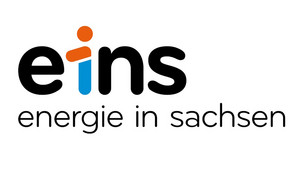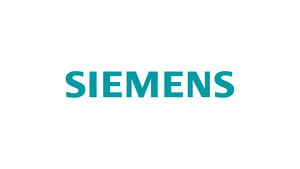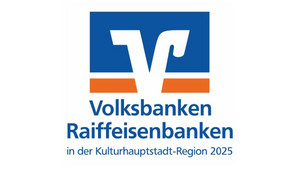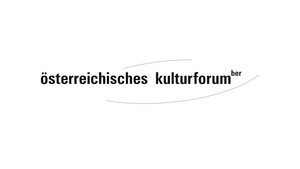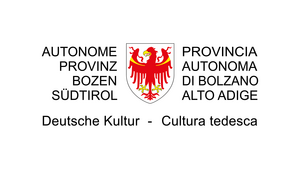Garage things? Garage things!
Garages. They usually occur in packs, appear in series, but are often "self-built". They are predominantly male-dominated, places of resting traffic, but also places of doing. Garages are almost always microcosms, places of hoarding and collecting, often time capsules and sometimes even repositories for unloved things or even lost places ... Garages are places of stubbornness and retreat on the one hand and of community on the other. Male care work (on the man and on the car or two-wheeler) takes place here, as do small parties or beer rounds. At first glance, garages may seem uniform, but they reflect individual forms of appropriation: Remodelling, painting, decoration. Those garages from the GDR (designed to store the Trabant, which was very compact in size, or perhaps a Wartburg) are now too small for many current car models, like a cardigan that has been washed too hot. The growth in the number of cars has been accompanied by a change in utilisation: the 'outfitting' and 'relocation' of garages. At the same time, the increasing densification of cities means that more and more garages are threatened with demolition. But don't worry, these architectures of utility are not yet acutely affected by extinction as a whole, because they exist in large numbers and were part of prefabricated housing estates in the GDR, just like the allotment garden sites.
Perhaps there are 30,000 garages in Chemnitz, perhaps there are more. Their exact number is actually irrelevant, what matters is their potential, which has been utilised and made visible in #3000Garagen projects since 2023, after they had long led a shadowy existence and received no special attention. They shared this fate with everything that is commonplace: it quickly fades into obscurity, while the special things remain in our memories. But in recent years, more and more interest has been shown in these oases of stationary traffic. The work of Martin Maleschka is also contributing to this. He has been documenting architectural testimonies of the GDR - including garages - photographically for a long time. With the work presented in Chemnitz, he also deals with them artistically and continues the successful concept of his "Wohnmaschinen" (arrangements of everyday cultural objects from GDR production). He approaches the "Ersatzteillager" - as well as the "Wohnmaschine" - from different perspectives: as an architect, a photographer, a design fan, an observer of form and colour, a seeker of traces and thus brings together things that have never been together and yet belong together in a special way.
His installation "Ersatzteillager" is a homage to the places where automobiles come to a standstill, where people retreat, tinker and fuss; it is a declaration of love to garage yards and their people as well as a contribution to the history of everyday culture. The arranged objects come from Chemnitz garages and were collected in three collection campaigns, including work assignments. Lending organisations were involved in the project. Martin Maleschka's artwork was thus created with the participation of many; it is a participatory, collective sculpture that showcases found objects, gifts and loans.
Martin Maleschka encountered many expected objects in garage yards: Cars, two-wheelers, the contents of entire workshops, but also surprises time and again: the youth club furnished with discarded furniture, the faded postcard collection, crazy arrangements of carpet remnants on the walls, etc. Garages are often used to store personal memorabilia that are linked to people, situations or contemporary history. Sometimes the garage becomes a quasi-museum cabinet, a personal archive in which time seems to have stood still. Here you can still see the "Oh, that's possible again" of the GDR's economy of scarcity, posters with scantily clad beauties from the 1990s beckon, and often the latest VW Polo is parked in between. Garages are places of simultaneity of the non-simultaneous, ambivalent spaces. This is what makes them so exciting. Their architecture tells stories and the things stored in them, which go far beyond the car, do the same. Martin Maleschka listens to them. He questions people, things and places. His "Ersatzteillager" ("Spare Parts Warehouse") is the result of a synopsis of these stories, impressions of places and objects. Sometimes they are small, inconspicuous things from everyday garage life, sometimes objects with emotional value: from sealing rings to home-made tools to a pile of issues of "Football Week". Martin Maleschka was able to compile this insight into the world of things in the local garages through brief encounters and long conversations, sometimes requiring a little persuasion to briefly release an object from his personal garage archive into the world of art. Just like the performative collection actions themselves, the staging conveys that garages, the things stored, honoured or used in them and the stories associated with them are a valuable everyday cultural treasure. It is time to give it our attention: Clear the stage for the garage things in the "spare parts warehouse"!
( Text by Dr Uta Bretschneider)






